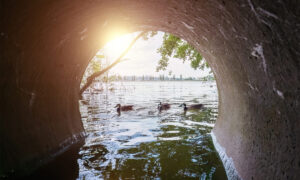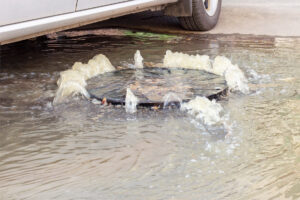Last week we had a look at radio signals in general and how to classify them. Today’s part deals with the GSM network architecture and gives clues concerning the ideal positioning of antennas.
The GSM network architecture
The GSM network architecture consists of the so called RSS radio network and the core network. The cellular network’s structure resembles a honeycomb and is divided into different cells. The switching between different cells is called handover process and happens fully automatically.
The approved transmitting power of GSM radio signals allows a coverage range of 85 km at the maximum. But de facto the coverage is much lower. In metropolitan areas it only amounts to 100 meters.
On the one hand this happens because the radio waves are dampened by buildings, mountains, atmospheric conditions and various other factors. The ideal calculation assumes a propagation of radio signals in a vacuum without obstacles between recipient and sender.
In cities additionally a higher amount of users has to be managed. On the countryside a standardised GSM cell can handle up to 260 phone calls simultaneously. In a city an UMTS cell with two used frequencies can handle up to 860 phone calls simultaneously.
This shows that cells have to be much smaller in metropolitan areas to be able to serve all customers. In this case a low coverage range is intended.
The connections are operated in the core network. It can be compared to an agency? that also provides calculation services, data services and many more.
Improvement of reception quality
Especially in the fields of Machine-to-Machine communication technologies the end devices often do not change their position (in contrast to mobile phone users). To ensure optimal functionality it is crucial to have a good reception quality where the M2M device is located. The radio signal strength is significantly defined by the antenna and its environment. Often so called rod antennas or magnetic base antennas are used.
5 rules you should keep in mind when positioning an antenna:
- Chose the highest possible position for the antenna
- Align it upwards
- Use bigger antennas in locations with lower signal strength
- Use only the minimum length required when applying antenna cable extensions
- Mount antenna properly
5 things you should avoid when positioning an antenna:
- Do not dig antennas or stuck them in the ground
- Do not operate antennas underwater
- Do not place antennas in control cabinets
- Do not place antennas in immediate proximity to electrical devices
- Do not snap the antenna or the cable


